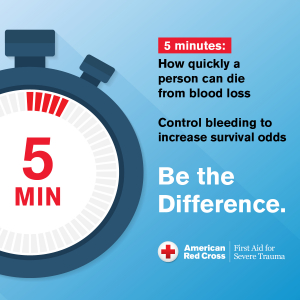Personal financial literacy is critical to success in today’s world. But many adults in the U.S. need a deeper understanding of core financial concepts. Nearly half (46%) of those surveyed by the FINRA Foundation lacked a “rainy day” fund for emergencies. Further, only 59% of those with credit cards reported paying their balance in full each month, and 19% reported spending more than their income.
It’s clear that many adults still struggle when it comes to personal finance, but financial education can help. The 2022 Personal Finance Index released by the Global Financial Literacy Excellence Center (GFLEC) and the TIAA Institute has shown that those with fewer financial literacy skills are more likely to have difficulty making ends meet and more likely to be constrained by debt. Thus, the AFSA Education Foundation recognizes an immense need for high-quality and accessible financial education.
We know how challenging it can be for educators and families to find the right curriculum and resources to support financial literacy education — especially when so few of us feel like financial experts ourselves. Not to mention how busy our classroom and home schedules are. The AFSA Education Foundation offers MoneySKILL, a free, comprehensive, online personal finance course that focuses on money management fundamentals.
Financial literacy counts.
MoneySKILL allows educators of all kinds to create custom personal finance courses in as many as 37 different content areas. Each module includes unique video introductions, real-life application scenarios, and quiz questions to test students’ comprehension. MoneySKILL is available in English and Spanish and also includes audio dictation for students. Further, the learning platform is completely web-based and mobile-friendly (with no need for app or software downloads). This makes it a great option for both virtual and in-person learning environments.
Participating educators can choose to use MoneySKILL as a full personal finance curriculum or customize it to fit the specific needs of a particular class. The material is particularly well-suited for career and technical education (CTE) classes with coursework that can be easily adapted to suit project-based learning. Career and technical student organization (CTSO) advisers also may find MoneySKILL activities useful in preparing for competitive events. Students explore technical topics related to finance, business management, entrepreneurship and more while also learning vital employ.ability skills.
“The online curriculum is a perfect tool for educators teaching financial literacy,” said Brooke Kusch, a career counselor in Oklahoma. “The lessons also bring real-world knowledge into the classroom for our students, which equips them with the skills they need for success in the future.”
Achieve long-term financial success.
Not only is MoneySKILL an easy-to-use resource for educators, but students show significant improvements in financial knowledge and behaviors after completing the course. More than 90% of participating students see some knowledge gains with an average grade increase of 60%. “By educating individuals, especially youth, about basic financial principles,” said Rhonda Ashburn, executive director of the AFSA Education Foundation, “we are setting them up for long-term financial success outside of the classroom.”
The AFSA Education Foundation also offers a number of other free re.sources. These include curated personal finance videos, classroom worksheets, informational flyers, and English-and Spanish-language brochures. The AFSA Education Foundation offers unique and accessible solutions to deliver personal finance education. We look forward to exhibiting at ACTE’s CareerTech VISION 2022 in booth 217. See you there!
About AFSA Education Foundation
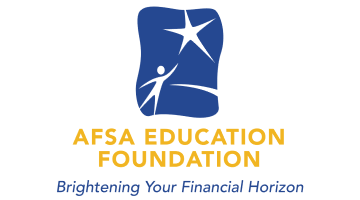 Based in Washington, D.C., the AFSA Education Foundation promotes the delivery of quality personal finance education. The foundation provides free personal fi.nance curriculum, resources and training to educators of all types. The foundation seeks to educate consumers of all ages on personal finance concepts. And to help them realize the benefits of responsible money management.
Based in Washington, D.C., the AFSA Education Foundation promotes the delivery of quality personal finance education. The foundation provides free personal fi.nance curriculum, resources and training to educators of all types. The foundation seeks to educate consumers of all ages on personal finance concepts. And to help them realize the benefits of responsible money management.
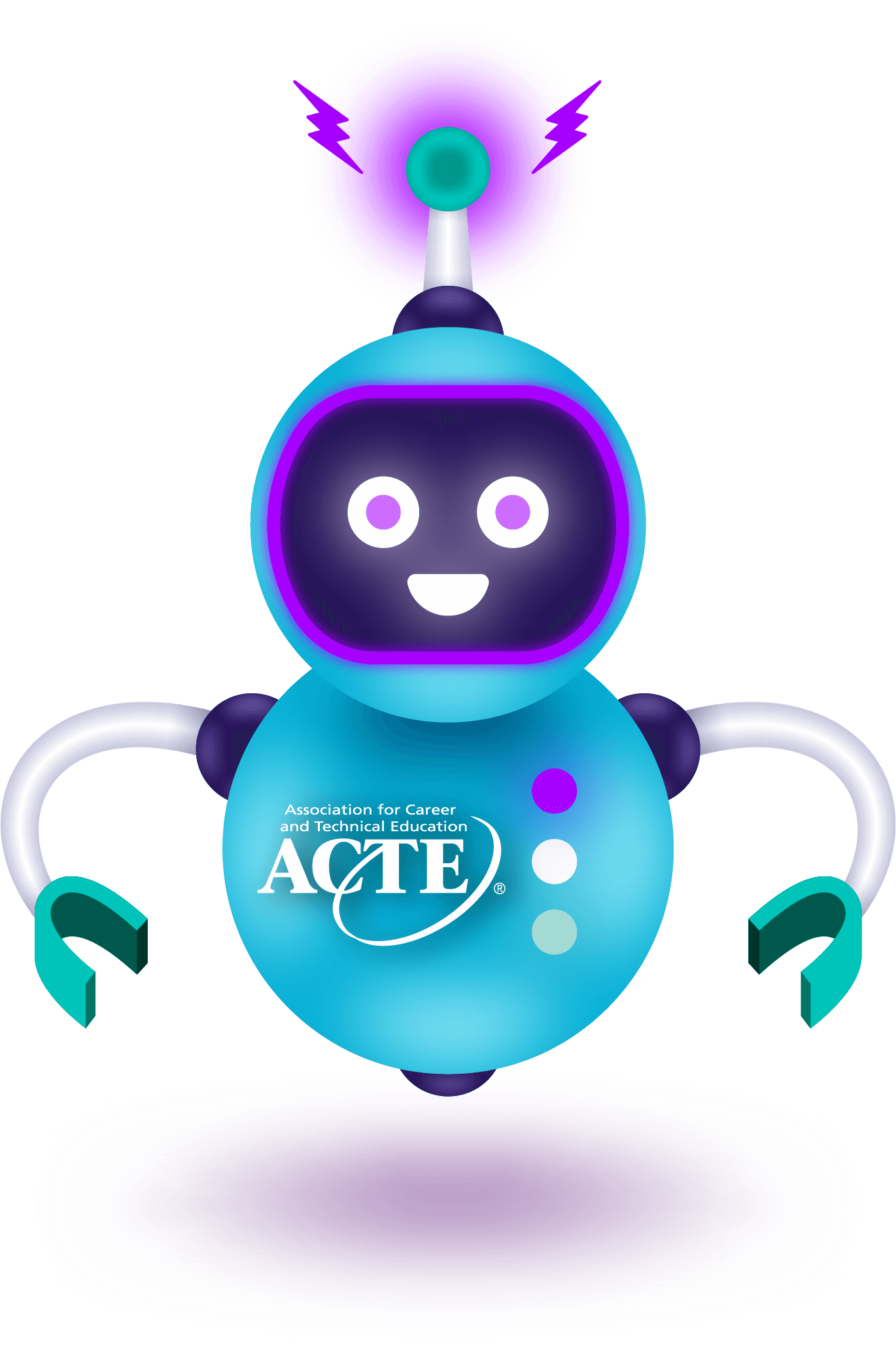


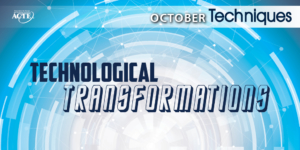



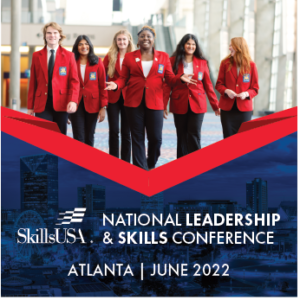

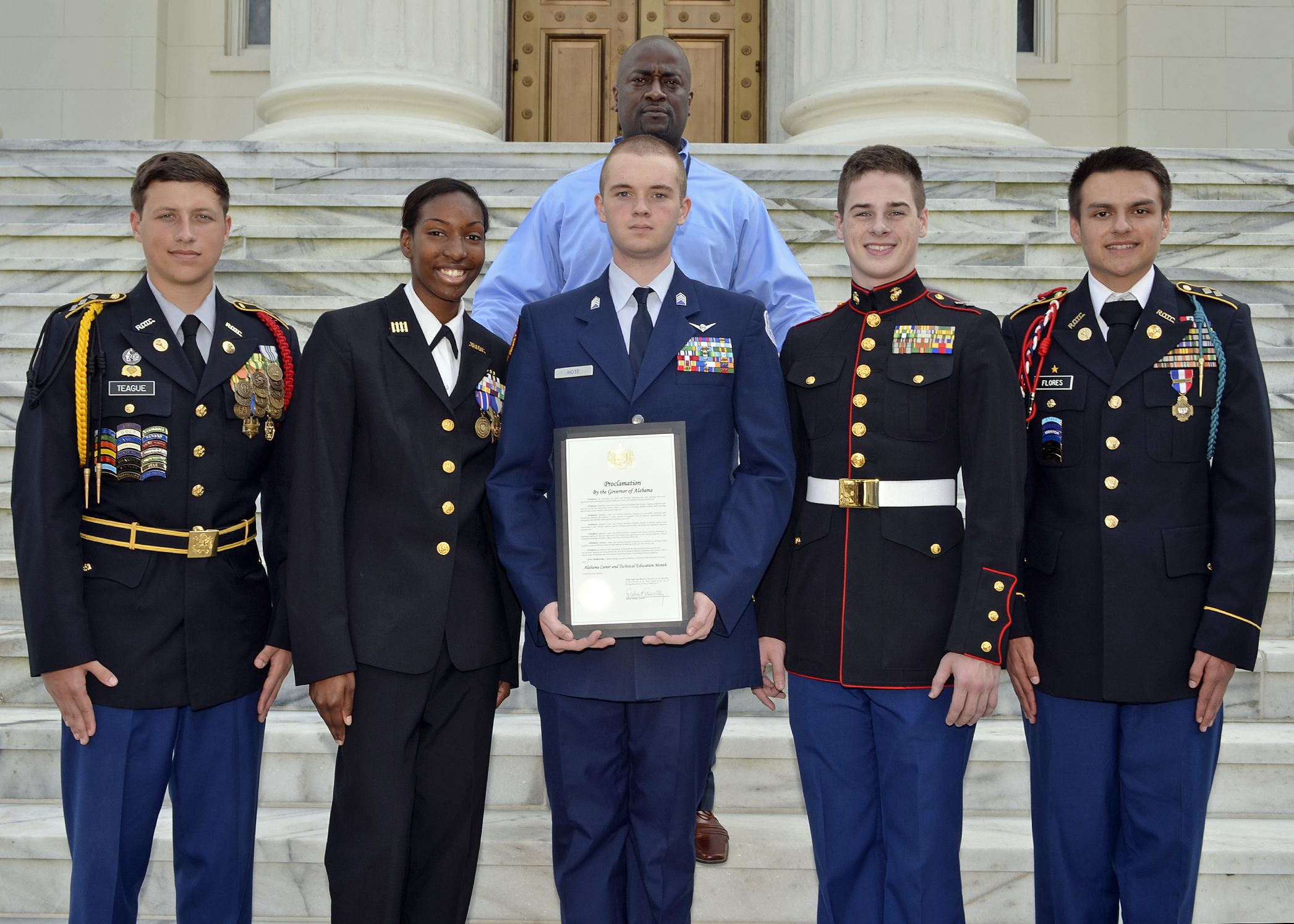
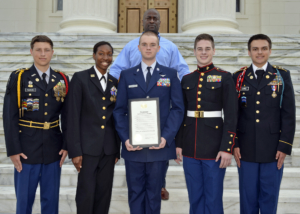
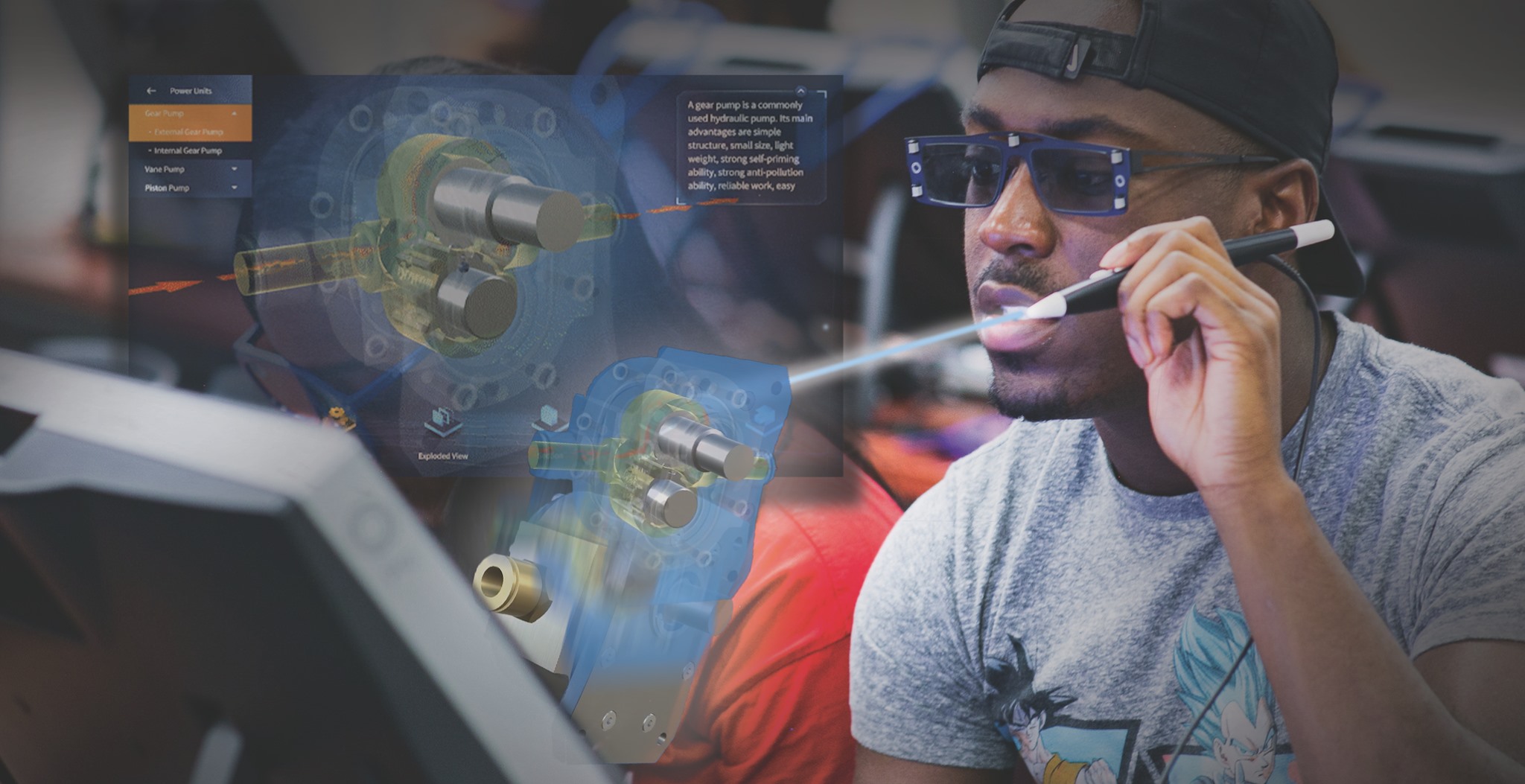
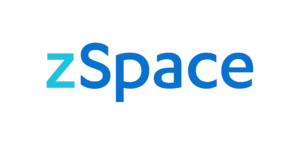 Shea Zuckerman pulled up to a school in his 72-foot mobile learning lab. Meanwhile, students and educators clamored around to see what was inside.
Shea Zuckerman pulled up to a school in his 72-foot mobile learning lab. Meanwhile, students and educators clamored around to see what was inside.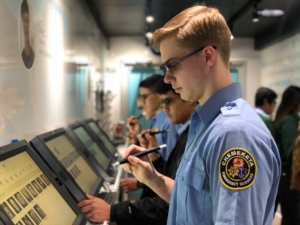

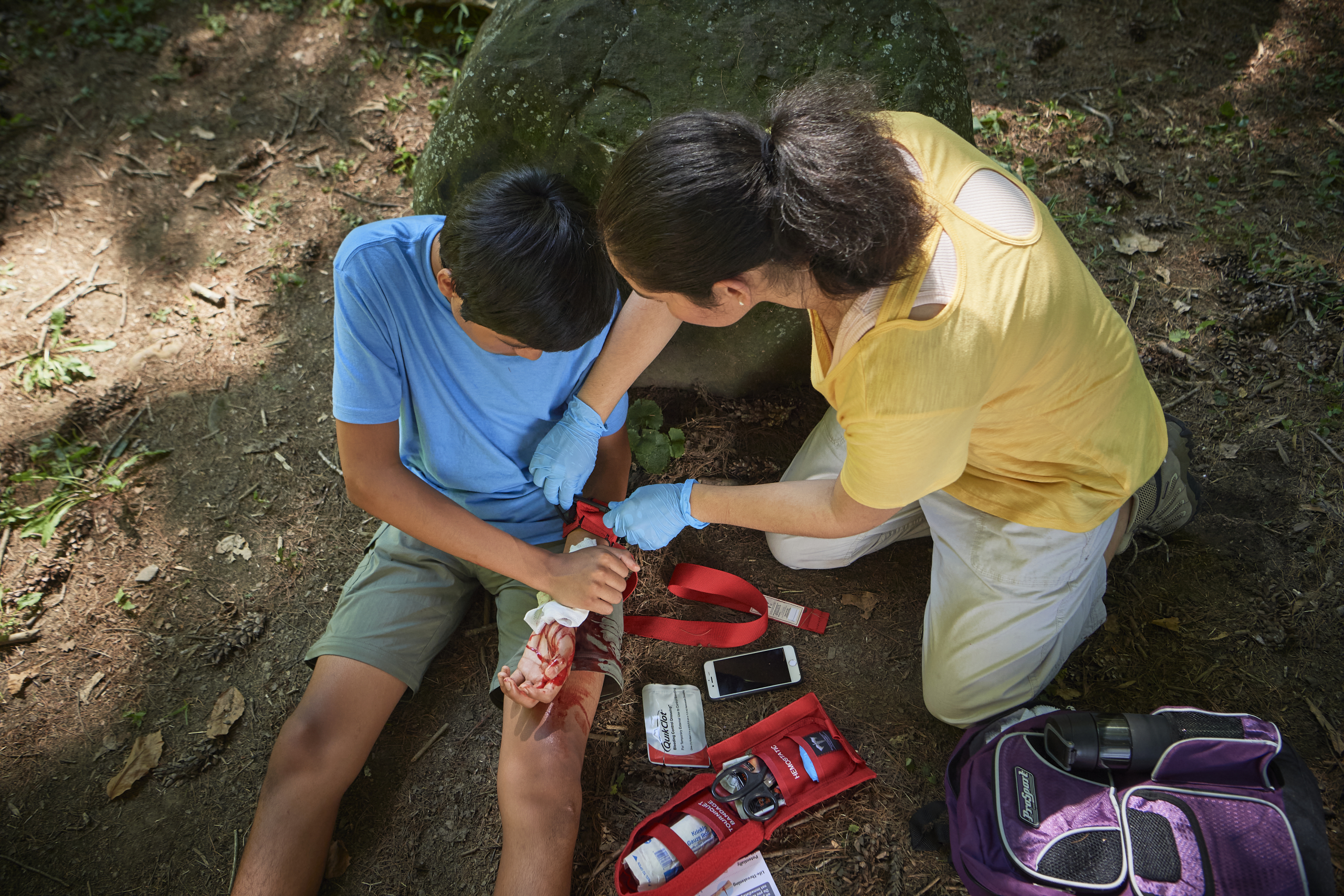
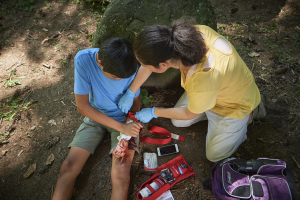 Today, more than ever, bystanders serve as immediate responders. They provide aid to save or sustain someone’s life before professional help arrives on the scene. The ability for layperson rescuers to communicate with each other, with 9-1-1 operators, and with responding EMS personnel can be lifesaving during the first few minutes after severe injury occurs.
Today, more than ever, bystanders serve as immediate responders. They provide aid to save or sustain someone’s life before professional help arrives on the scene. The ability for layperson rescuers to communicate with each other, with 9-1-1 operators, and with responding EMS personnel can be lifesaving during the first few minutes after severe injury occurs.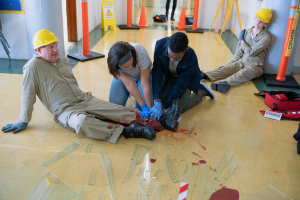 “Historically, we have not taught many teenagers how to take care of someone with life-threatening bleeding injuries,” said Craig Goolsby, M.D., M.Ed., a former Air Force emergency physician. Goolsby serves as a professor and vice chair in the Department of Military and Emergency Medicine at the Uniformed Services University (USU) of the Health Sciences.
“Historically, we have not taught many teenagers how to take care of someone with life-threatening bleeding injuries,” said Craig Goolsby, M.D., M.Ed., a former Air Force emergency physician. Goolsby serves as a professor and vice chair in the Department of Military and Emergency Medicine at the Uniformed Services University (USU) of the Health Sciences.